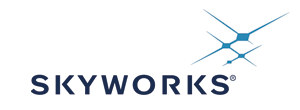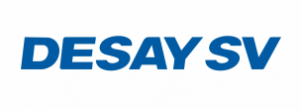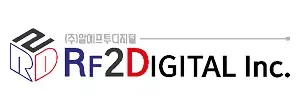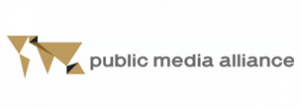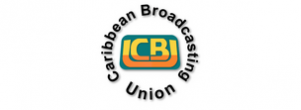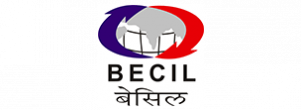[vc_row css_animation=”” row_type=”row” use_row_as_full_screen_section=”no” type=”full_width” angled_section=”no” text_align=”left” background_image_as_pattern=”without_pattern”][vc_column][vc_column_text]The DRM Consortium (www.drm.org) turned its three IBC events on September 16th and 17th into a celebration of major announcements of the only all frequency bands, global radio digital standard.
The major “DRM Showcase” on Sep 16th event was flanked by two additional events: At the Fraunhofer IIS booth (hosted by Alexander Zink, Vice-Presidents of the DRM Consortium), DRM Consortium members and guests enjoyed an industry celebration of DRM related achievements over the past year and explored latest innovations on transmission and receiver side. On the 17th participants were addressed at the booth of Nautel by Lindsay Cornell (DRM Technical Committee Chair of the DRM Consortium) and Wendell Lonergan (Nautel’s Senior Director of Broadcast Sales).
The major DRM Showcase event, introduced by DRM Chairman, Ruxandra Obreja, was where the announcements and updates were coming quick and fast.
The over 70 participants from all continents (in person and on zoom) were addressed by the caretaker Pakistani Minister of Information and Broadcasting, Mr Murtaza Solangi, who stated that Radio Pakistan is achieving significant milestones in digital migration by using DRM.

The minister said Radio Pakistan was transitioning towards Digital Radio Mondiale (DRM) technology to align its broadcasts with international standards. With the installation of DRM transmitters, he said, Radio Pakistan’s broadcast would not only be accessible throughout the country but also in neighbouring countries.
The Minister also noted that the DRM technology was expected to reduce Radio Pakistan’s operational costs by up to 40 per cent, with the added benefit of energy saving.
The minister also highlighted an important feature of DRM transmitters, which include an emergency warning system capable of issuing immediate alerts during natural disasters. He expressed hope that continued collaboration between the DRM Consortium, Radio Pakistan’s management, and engineers would lead to a successful digital rollout soon.
Starting on such a high note, the event continued with a couple of other key announcements, like the adoption of the Digital Radio Mondiale DRM standard by Indonesia for MW, FM and VHF Band III.
The choice made by the Indonesian authorities brings DRM to potentially 275 million people on its 18,000 islands. DRM is already implemented in FM in several key Indonesian sites where it can be used for Emergency Warning Functionality.
This important Indonesian decision announcement was immediately followed by the introduction of the recent endorsement of DRM by China for domestic AM Band broadcasts, thus covering over time the 1.4 billion Chinese people.
And as the DRM footprint grows considerably, it was fit to also welcome good news from the chipset manufacturer (CML Micro) with the release of the world’s lowest-cost, lowest power and smallest sized DRM “antenna to speaker” DRM Broadcast Receiver Module containing all hardware, software, IP and patent licenses required for a digital analogue DRM capable receiver.
The module is already part of two new, very small-sized Gospell Digital Technology receivers which will be available in a couple of months. One of these is the GR-221, a portable radio with a rechargeable battery and the smaller GR-220, powered by just two AAA batteries. It is possibly the world’s smallest DRM portable receiver.
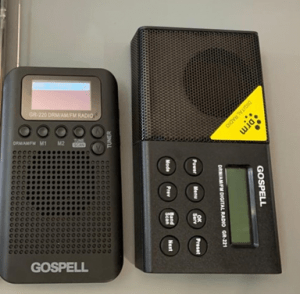
Other receiver manufacturers, like Inntot and Starwaves, transmitter manufacturers (Ampegon) presented their products and activity. One of the Starwaves receiver was used for getting a BBC World Service shortwave transmission in excellent quality inside the RAI Amsterdam building.
Fraunhofer IIS announced that its DRM ContentServer™ R7 is equipped now with “Live Automatic Loudness” which automatically adjusts source audio to target loudness (LUFS) while also delivering DRM MultimediaPlayer Radio App for PC and Android devices, and the Receiver Kit Software SDR for Automotive, Mobile Phones & Consumer Radios.
RFmondial, pioneering the Multichannel DRM solution for broadcasters (in VHF bands) from one tower, introduced a DRM multi-channel modulator available as product for both the FM band and VHF band III in cooperation with the transmitter manufacturer Plisch. RFmondial are also revolutionising the way for upgrading analogue transmitters to digital DRM, even if these are of the older generation.
The DRM Chairman, Ruxandra Obreja, thinks that: “this was by far the best IBC event for DRM in the last decade. The avalanche of key announcements consolidated DRM as a powerful and global radio digitisation solution both for AM and FM (with Pakistan, Indonesia, South Africa going for the full DRM standard in all frequency bands). Innovation was evident in module and receiver development, transmitter components, new solutions and upgrades. The participants from all continents were convinced that DRM is complete, robust, global and real. It has the capability, and now also the solutions, to offer unique services (like emergency warning and distance learning), while saving energy costs, spectrum and delivering full-country coverage.”
[/vc_column_text][/vc_column][/vc_row][vc_row css_animation=”” row_type=”row” use_row_as_full_screen_section=”no” type=”full_width” angled_section=”no” text_align=”left” background_image_as_pattern=”without_pattern”][vc_column][image_slider_no_space height=”300″ images=”13140,13141,13142,13144,13145,13146,13150,13151,13152″][/vc_column][/vc_row]


